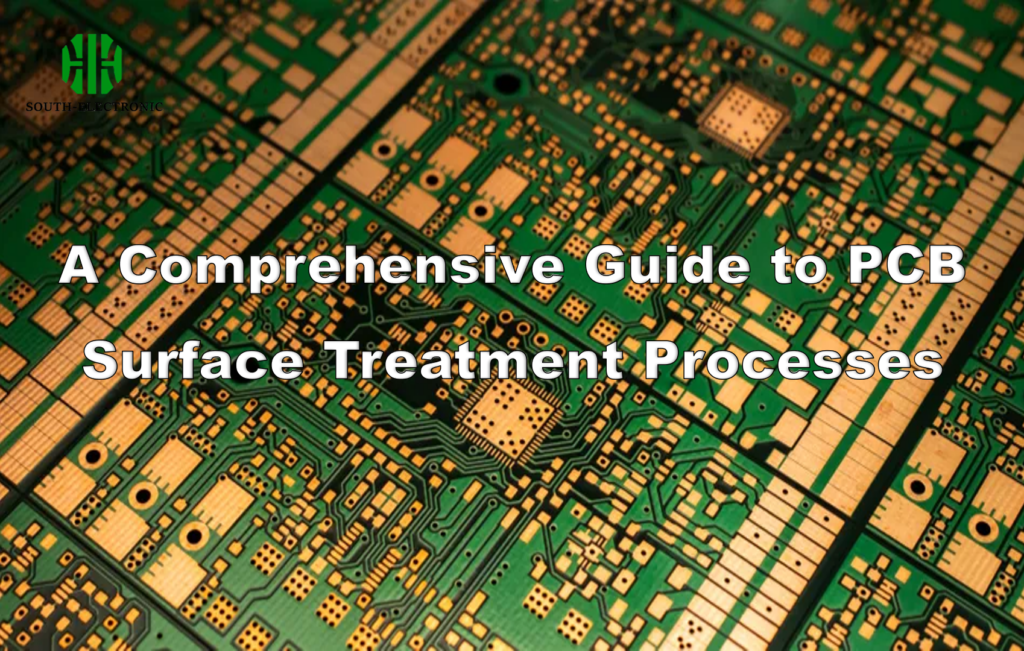How to calculate PCBA assembly costs?

PCBA assembly costs include PCB fabrication fees (based on layers/material), component procurement (plus 5% loss), SMT processing (charged per component point), DIP assembly, testing, & other service fees.
A Comprehensive Guide to PCB Surface Treatment Processes

Learn why PCB surface treatment is essential to prevent copper oxidation and ensure reliability. Explore HASL, OSP, ENIG, Immersion Silver, Tin processes. Choose based on cost, application, environment, solderability, and storage.
What is PCB solder mask?

Learn the 4 types of PCB solder mask: Top/Bottom, Epoxy Liquid, Liquid Photoimageable (LPI), and Dry Film. Compare applications, design rules, and thickness for optimal rust/short prevention.
How many PCB testing methods do you know?

Explore 13 vital PCB testing methods (ICT, Flying Probe, AOI, X-ray, etc.) ensuring reliability & preventing defects in electronic manufacturing. Critical for quality control.
What are the differences between different PCB materials?

Comprehensive guide on PCB flammability ratings (HB vs V0), material types (94HB to FR-4), and high-Tg PCBs. Explains Tg benefits, fire standards, and key criteria for substrate materials.
What are some common types of ceramic substrate PCBs?

Ceramic PCBs bond copper to alumina/AlN substrates, offering exceptional thermal conductivity, insulation & durability. Ideal for high-power LEDs, electronics, and demanding heat dissipation applications.
What are the differences between FPC and PCB?

Flexible PCBs enabling bendable, lightweight designs for smartphones, wearables & drones. Offer thinness, high density, & durability vs rigid PCBs. Future driven by innovation.
Why do PCB warp?

PCB warping causes assembly errors, machine damage, & post-solder defects. Driven by material CTE mismatches, uneven copper, lamination issues & stress. Prevention requires design symmetry, material control, specific lamination techniques & post-bake processes.
Is PCB “edge wrapping” important?

PCB edge wrapping adds protective plating/coating to board borders. Prevents corrosion, boosts mechanical strength, enhances solderability, improves EMI shielding & extends lifespan. Vital for reliability.
What problems can occur with PCB soldering?

Common PCB soldering problems (open circuits, shorts, cold joints, etc.): causes include wrong parameters, equipment, materials, technique, & design defects. Solutions provided.


